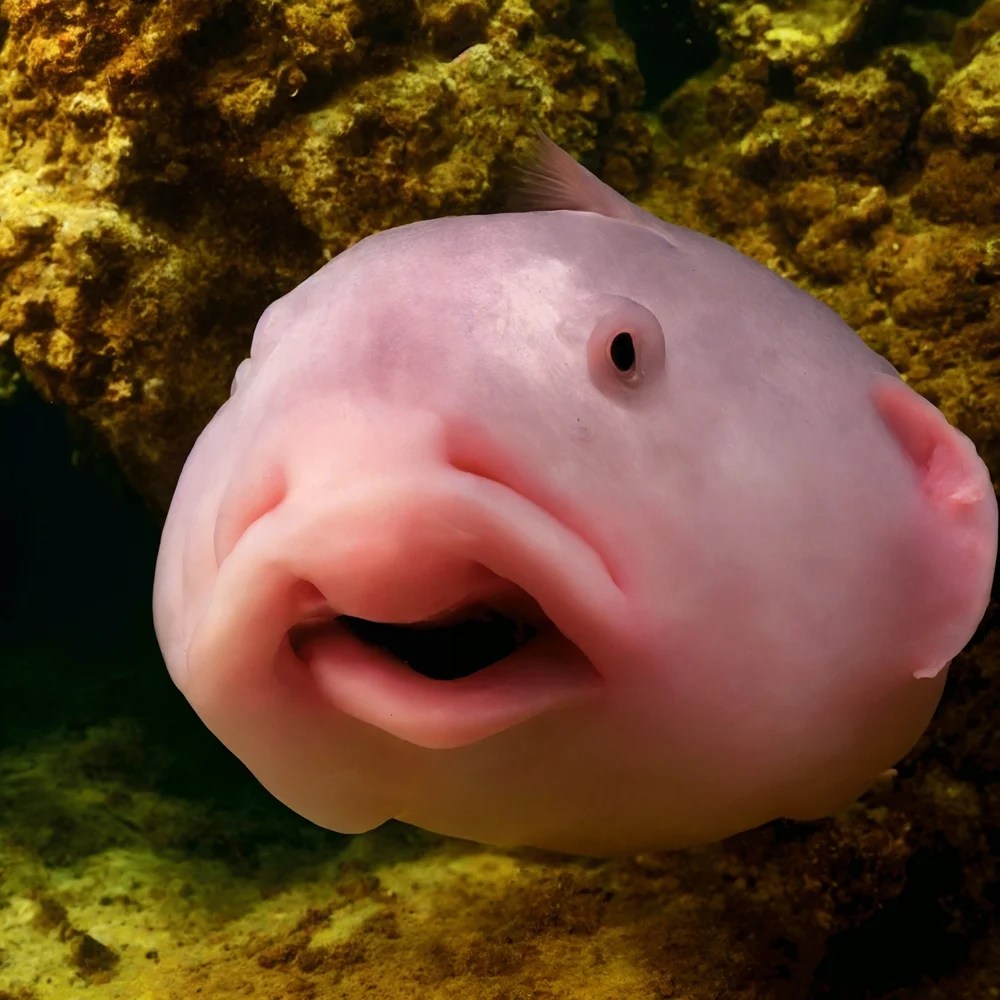When you think of underwater creatures, the blobfish may not be the first species that comes to mind. However, this peculiar fish has gained notoriety for its unusual appearance and intriguing lifestyle. Found at depths of over 800 meters in the oceans off the coasts of Australia and New Zealand, the blobfish is a fascinating subject that sparks curiosity among marine enthusiasts and casual observers alike. With its gelatinous body and lack of muscle, the blobfish is a true marvel of evolution, perfectly adapted to its challenging deep-sea environment.
In recent years, the blobfish has become an internet sensation, often described as the "ugliest fish in the world." This reputation has contributed to a growing interest in the blobfish in water, leading to extensive studies aimed at understanding its biology, behavior, and habitat. As we delve deeper into the life of the blobfish, we will uncover the mysteries surrounding its existence and the role it plays in the marine ecosystem.
In this article, we will explore various aspects of the blobfish, ranging from its unique adaptations to its conservation status. By providing answers to some of the most frequently asked questions about this remarkable creature, we aim to shed light on the blobfish in water and promote awareness about its significance in our oceans.
What is the Blobfish and Where Does it Live?
The blobfish (Psychrolutes marcidus) is a species of deep-sea fish that resides in the waters surrounding Australia and New Zealand. Typically found at depths between 600 and 1,200 meters, it thrives in the cold, high-pressure environment of the ocean floor. Blobfish have a unique gelatinous body that allows them to maintain buoyancy without expending much energy, a crucial adaptation for survival in their deep-sea habitat.
How Does the Blobfish Adapt to Its Environment?
The blobfish is a master of adaptation, employing several unique features to thrive in the deep ocean. Its gelatinous body is less dense than water, enabling it to float effortlessly above the sea floor. This adaptation allows the blobfish to conserve energy while waiting for prey, which primarily consists of small invertebrates. Additionally, its lack of a swim bladder, a common feature in many fish species, helps it navigate the extreme pressures of the deep sea.
What Does the Blobfish Eat?
Blobfish are opportunistic feeders, relying on their environment for sustenance. Their diet primarily consists of:
- Small crustaceans
- Worms
- Other small invertebrates
Blobfish use their soft, flexible mouths to suck in prey, making the most of the limited food sources available in their deep-sea habitat.
Why is the Blobfish Considered Endangered?
Despite its intriguing characteristics, the blobfish faces several threats that have contributed to its classification as a vulnerable species. Some of the main factors affecting its population include:
- Bycatch from deep-sea fishing operations
- Destruction of its natural habitat
- Climate change and ocean acidification
Conservation efforts are essential to ensure the survival of this unique species and maintain the balance of its ecosystem.
How Can We Help Protect the Blobfish?
Raising awareness about the blobfish and its conservation needs is crucial for its future. Here are some ways individuals can contribute:
- Support sustainable seafood initiatives
- Participate in ocean clean-up events
- Educate others about the blobfish and its habitat
By taking these actions, we can contribute to the preservation of the blobfish in water and the overall health of our oceans.
What Other Unique Features Does the Blobfish Have?
In addition to its gelatinous body, the blobfish possesses several other interesting characteristics that set it apart from other fish species. These include:
- A lack of scales, giving it a smooth appearance
- Large, bulbous eyes adapted for low-light conditions
- Minimal muscle mass, allowing it to conserve energy
These features contribute to the blobfish's unique look and lifestyle, making it a captivating subject of study.
Is the Blobfish Really as Ugly as People Say?
The blobfish's reputation as the "ugliest fish in the world" is largely due to its appearance when removed from its natural habitat. In its native environment, the blobfish looks quite different, appearing more like a typical fish. However, when brought to the surface, the drastic change in pressure causes its body to deform, leading to the infamous "ugly" look. This phenomenon highlights the importance of understanding marine life in its natural habitat rather than relying on superficial judgments.
Conclusion: The Blobfish in Water and Its Importance
In conclusion, the blobfish is a remarkable creature that plays a vital role in the marine ecosystem. Its unique adaptations and lifestyle have allowed it to thrive in the challenging depths of the ocean. However, it faces numerous threats that jeopardize its survival. By raising awareness and taking action to protect this fascinating species, we can ensure that the blobfish in water continues to thrive for generations to come. The blobfish serves as a reminder of the incredible diversity of life beneath the waves and the importance of preserving our oceans for future generations.
Understanding The Difference Between Anytime Vs Any Time
Mastering The Art Of Refusal: How Do You Say No In Spanish?
Unraveling The Magic Behind "Okay JT Lyrics"


